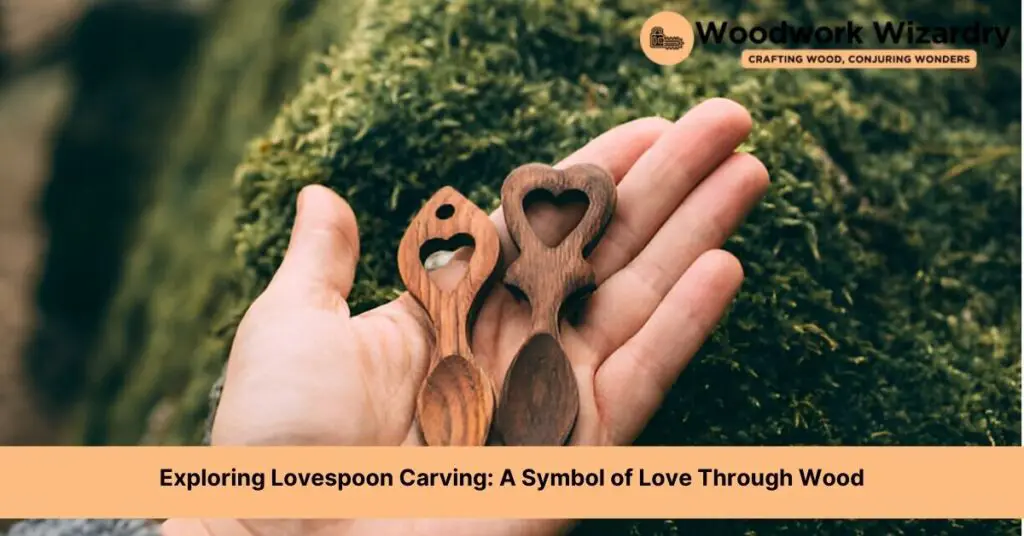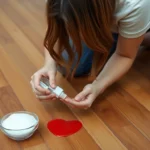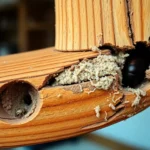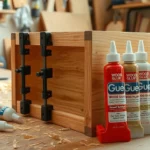In the cozy corners of our crafting world, there’s a tradition as heartwarming as it is artistic—lovespoon carving. This charming practice has roots that stretch back centuries, originating as a way for suitors to express their affection and intentions. But what exactly is lovespoon carving, and why has it captured our hearts and imaginations?
At its core, lovespoon carving is the art of sculpting wooden spoons into intricate designs, each symbol carrying its own unique message of love, commitment, and hope. It’s a craft that demands patience, skill, and a deep well of creativity. As we delve into the world of lovespoon carving, we’re not just exploring a hobby; we’re uncovering a language of love that’s spoken through the grain of wood and the sweep of a carving tool. Join us as we discover the beauty and history behind this enchanting tradition.
Exploring the Origins of Lovespoon Carving
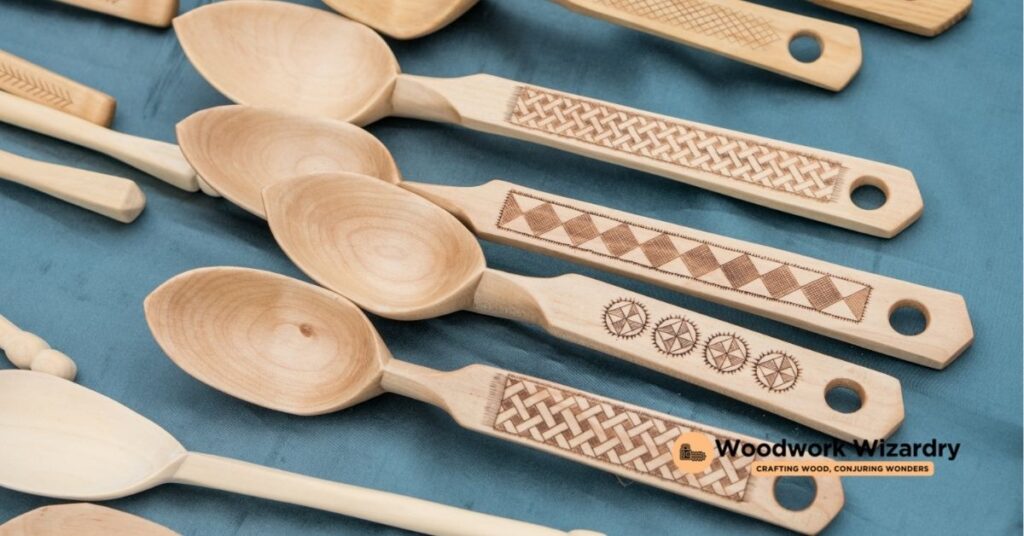
Delving into the origins of lovespoon carving, we uncover its roots deeply embedded in Welsh culture, dating back to the 17th century. Historians believe this unique practice began amongst rural communities as a way for young men to demonstrate their affection and intentions towards their love interests. The hand-carved spoons served not only as a token of romantic interest but also showcased the carver’s skills and ability to provide for a future family, both materially and in craftsmanship.
The earliest known examples of lovespoons are from Wales, but the tradition quickly spread to other regions in Europe, each adding its unique twist to the designs and symbols. The craft was not limited to young lovers; families and friends also exchanged these intricately carved spoons as symbols of kinship and affection.
The symbolism in lovespoon designs is rich and varied, with each element holding specific meanings. For instance, hearts symbolize love, wheels represent support, and keys stand for the key to one’s heart or home. As we explore these symbols, we appreciate how lovespoon carving served as a complex language of love and care, allowing individuals to express feelings unspoken in the rural societies of the past.
Preserving this tradition, contemporary carvers continue to create lovespoons, passing down the skill through generations. They not only keep the art alive but also innovate, incorporating new materials and designs while staying true to the craft’s essence. Lovespoon carving now enjoys popularity beyond Wales, celebrated as a form of cultural heritage and an artistic expression of love.
Through our journey into the origins of lovespoon carving, we’ve seen how this beautiful tradition transcends mere craft, embodying messages of love, hope, and commitment. By understanding its historical significance and the skill involved, we gain insight into a unique cultural phenomenon that continues to enchant and inspire today.
The Art of Lovespoon Carving
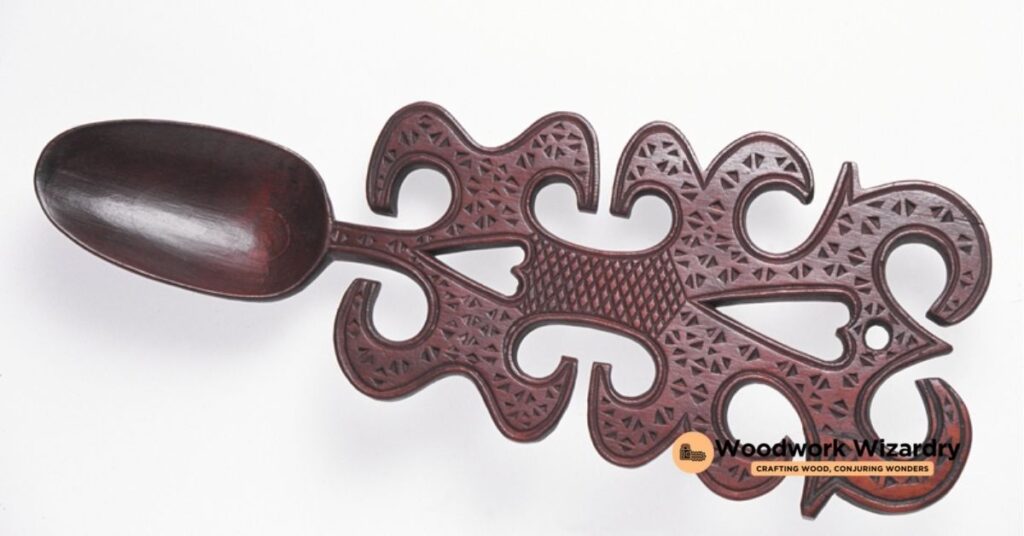
Emerging from the heart of Welsh tradition, the art of lovespoon carving captures a blend of cultural heritage and personal expression. Each lovespoon, intricately designed, serves not only as a symbol of affection but also as a testament to the carver’s skill and dedication. We delve into the techniques, materials, and motifs that make lovespoon carving a unique and enduring craft.
Techniques and Tools
Carvers employ a range of techniques to breathe life into wood, transforming simple blocks into elaborate symbols of love. Starting with a sketch of the design, they use gouges, chisels, and knives to carefully shape the wood. The process requires patience and precision, as each curve and cut adds depth to the story being told. Sanding and finishing techniques are equally important, giving the lovespoon a smooth texture and highlighting the natural beauty of the wood.
Choice of Wood
The choice of wood plays a critical role in lovespoon carving. Hardwoods like oak, walnut, and sycamore are popular choices for their durability and fine grain, which allows for detailed carving without splintering. Each wood type brings its own color and character to the final piece, influencing the overall aesthetic and feel of the lovespoon.
Symbolic Motifs
Incorporating a variety of motifs, lovespoon carving conveys messages of love, hope, and commitment. Hearts symbolize love, wheels represent support and guidance, while keys signify the key to the carver’s heart or home. These symbols, among others like doves for peace and horseshoes for luck, intertwine to tell a story unique to the giver and the recipient.
In exploring the art of lovespoon carving, we’re reminded of the enduring power of craftsmanship in expressing the deepest human emotions. Through each meticulous cut and carved symbol, carvers continue a centuries-old tradition, keeping the language of love and care alive through their work.
Symbolism and Meaning Behind Lovespoon Carvings

Delving further into the enchanting world of lovespoon carvings, we uncover the layers of symbolism and meaning intricately woven into each piece. The symbols carved into these wooden spoons are not merely decorative; they hold deep significance, conveying messages of love, commitment, and life’s milestones. Let’s explore some of the most common symbols and their meanings.
- Hearts signify love and affection. A staple in lovespoon motifs, hearts are a universal symbol of the love shared between the giver and the recipient.
- Wheels represent support and hard work. They symbolize the effort put into nurturing a relationship, much like the work needed to keep a wheel turning smoothly.
- Keys denote security and a future together. Including a key in a lovespoon’s design signifies a suitor’s intention to provide for and protect his partner.
- Chains symbolize a strong bond and commitment. Each link in the chain represents a milestone or significant event in the couple’s life, binding them together in solidarity.
- Bells celebrate marriage and union. Often found in carvings intended as wedding gifts, bells herald the joy and celebration of love’s union becoming official.
- Celtic Knots embody eternity and interconnectedness. These intricate patterns, with no beginning or end, reflect the timeless nature of love and the interconnectedness of life’s journey.
Each lovespoon is a unique testament to the carver’s skills and the depth of their feelings. Through careful selection and combination of symbols, carvers tell a story, encapsulate memories, and express hopes for the future. The tradition of giving these carved wooden spoons as tokens of affection ensures the continuity of a language of love that goes beyond words. In each curve and cut, there’s an invitation to explore the rich tapestry of human emotions, a testament to the enduring power of craftsmanship in expressing the heart’s deepest desires.
Learning Lovespoon Carving
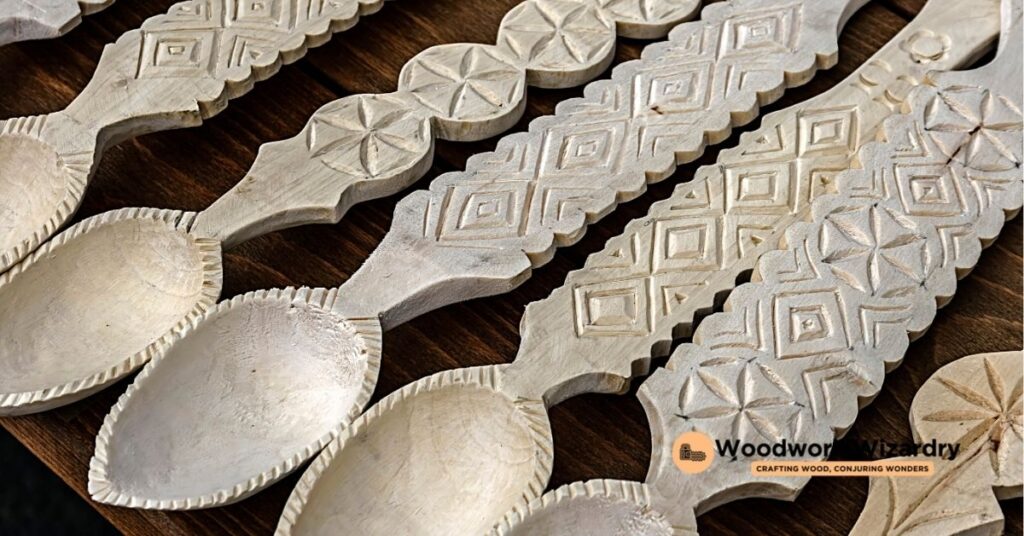
Embarking on the journey of lovespoon carving opens up a world where craftsmanship meets heartfelt expression. It’s an adventure that requires patience, skill, and a deep appreciation for tradition.
First, understanding the materials is crucial. Selecting the right type of wood, such as sycamore, lime or walnut, is essential for achieving the desired finish and detail. We look for wood that’s not only soft enough to carve but also durable to stand the test of time.
Next, mastering the tools of the trade is a step we can’t skip. From simple knives and gouges to more complex chisels, each tool plays a vital role in shaping and detailing our creations. It’s about precision and understanding how the grain of the wood influences our work.
Designing the lovespoon involves more than just artistic talent; it requires a thorough understanding of the symbols and their meanings. We delve into the history and significance of hearts, keys, and Celtic knots to ensure our lovespoons convey the right messages of love, hope, and commitment.
As we start carving, we embrace the process of transforming a simple piece of wood into a meaningful symbol of affection. It’s not just about following a pattern; it’s about infusing our personal touch, making each spoon unique.
Finally, the finishing touches, from sanding to oiling, play a significant role in highlighting the intricate details of our work and preserving the wood. We take pride in this final step, knowing it enhances the lovespoon’s beauty and longevity.
Through learning lovespoon carving, we maintain a timeless tradition, connecting us to a language of love that spans centuries. It’s a rewarding experience that not only hones our craftsmanship but also allows us to convey heartfelt sentiments in an exceptionally tangible way.
Preserving the Tradition
In continuing our exploration of lovespoon carving, preserving this intricate craft is essential to keeping a centuries-old tradition alive. We focus on the ways individuals and communities ensure that the art of lovespoon carving remains vibrant for future generations.
First, we look at educational efforts. Workshops and classes play a pivotal role, offering hands-on experience under the guidance of expert carvers. These sessions not only teach the technical skills necessary for creating beautiful lovespoons but also delve into the history and cultural significance behind each symbol carved into the wood.
Second, museums and exhibitions offer a glimpse into the rich history of lovespoon carving. By displaying historical and contemporary lovespoons, they provide invaluable insights into how the craft has evolved. Museums play a crucial role in documenting the tradition, showcasing the diversity of designs and techniques used by carvers from different regions.
Third, online platforms contribute significantly to preserving lovespoon carving. Websites, forums, and social media groups allow enthusiasts to share their work, exchange tips, and offer support to fellow carvers. This digital community fosters a sense of global connectivity among carvers, ensuring that knowledge and passion for lovespoon carving transcend geographical boundaries.
Lastly, family traditions keep the craft alive in a personal and meaningful way. Many carvers learn their skills from parents or grandparents, making lovespoon carving a cherished family heritage. These intergenerational teachings ensure that the intricate details, symbolism, and personal stories embedded in each spoon are passed down through the ages.
By embracing these methods, we play our part in preserving the tradition of lovespoon carving. Through education, exhibition, digital engagement, and family heritage, we ensure that this unique form of expression continues to flourish, connecting us to a past filled with love and craftsmanship.
Conclusion
We’ve journeyed through the heartwarming world of lovespoon carving, exploring its deep roots and how it’s blossomed across cultures. It’s more than just woodwork; it’s a language of love, meticulously crafted to endure through generations. By embracing both the past and the present, we’re not just preserving a tradition but also enriching our connections with one another. Let’s keep this beautiful art alive, sharing its stories and symbols with the world. After all, every lovespoon carved is a testament to the enduring power of love and craftsmanship. Together, we’re part of a community that’s keeping a centuries-old tradition vibrant and meaningful.
Related Posts:

